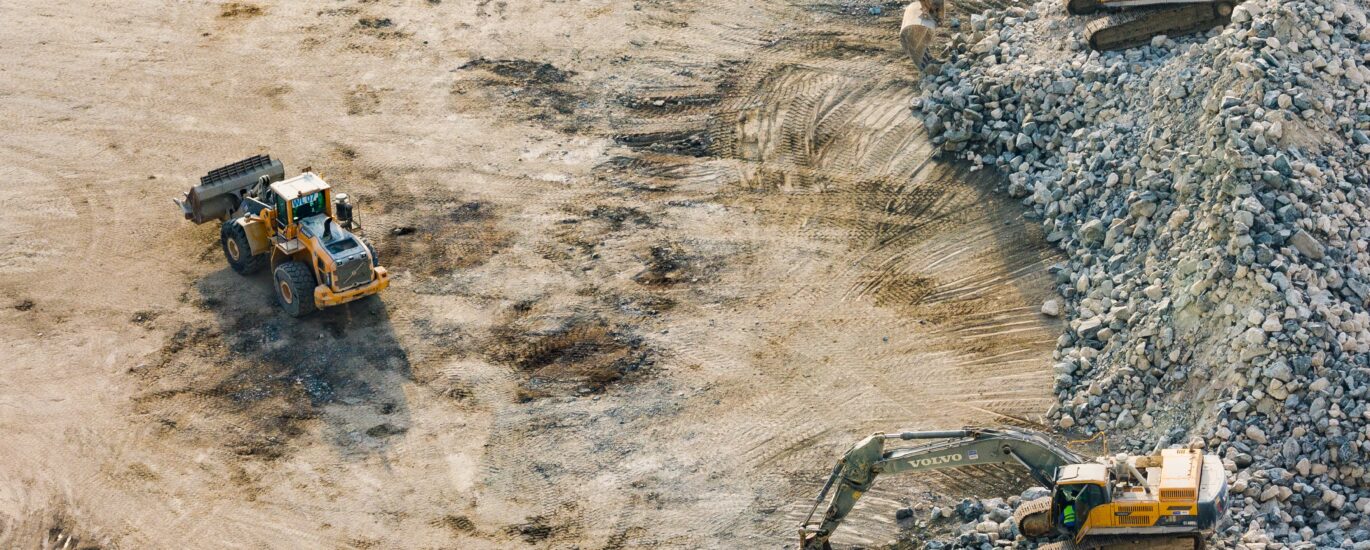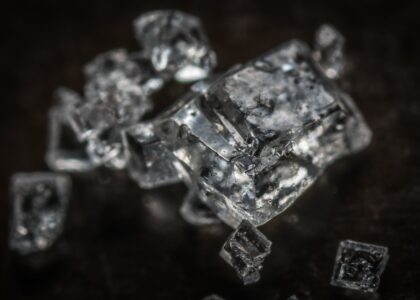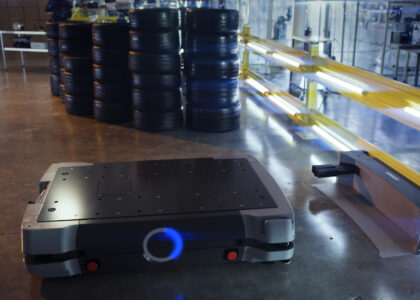The basics about blasting.
Blasting in coal mining goes hand in hand with safety. That is why it is so important to train at a reputable trainer.
All mining operations require blasting at one stage or another. Blast hole drilling is used in mining where a hole is drilled into the surface rock, packed with explosives and detonated. The aim of this technique is to induce cracks in the inner geology of the surrounding rock, making deeper mining possible. The drilling of blast holes is traditionally used when the mine would like to explore the mineral composition or potential mineral yield of an area that is considered for future mining. Blast holes can be considered a fundamental step in the exploration process, but also in the extraction of coal.
Blast hole drilling is specifically utilized in coal mining to break up the rock and hard minerals in order to extract the coal. But when it comes to coal mining, all seams are considered gassy and the degree of the gas present may vary from I to III. Methane gas is released during the coal mining process. And in underground coal mines, like the coal mines in Emalahleni, there is an increased risk as the coal dust can explode as a direct result of the ignition of flammable gases such as methane or operation induced by either blasting, machinery or faulty equipment.
“Ignition is caused by either one of the following- direct action or indirect action from the shockwaves created by the blasting itself, hot gassy products of the detonation mixing with the methane and air mixture and/or hot reaching solid particles of the explosives getting ejected into the methane gas mixture, “explains Johan Venter, Managing Director of CTC.
For coal mining, specific designed explosives and detonators are required in order to ensure a safe blasting process. There are three types of permitted explosives, each group being designed for a particular type of operation for maximum safety. Detonators in conjunction with permitted explosives, only approved detonators may be used for coal mine blasting. Blasting is done in a blasting sequence as well, as it breaks the rock surface evenly.
The Colliery Training College (CTC) in Emalahleni offers an internationally recognized Underground and Surface blasting qualification. The minimum requirements for this qualification are Gr11 with mathematics and English as subjects. When the basic training is completed, the student will receive a log book to finish on the mine that the student is from, and for private students, CTC will arrange access to a mine for the student. When all modules are completed, a Board Preparation will be booked and a final practical assessment underground. After the learner has completed all of the following, the student will be allowed to make a booking for the DMR Blasting Board Exam.
The Colliery Training College (Pty) Ltd. was founded in 1965. Initially, CTC was established to cater only for the mining sector. But has diversified and artisan skills training is now available for all interested parties. The demand for artisans in South Africa is growing rapidly.
CTC is accredited by the Mining Qualifications Authority (MQA) and the Quality Council for Trades and Occupations (QCTO).
A Memorandum of Understanding exists between CTC and relevant SETAs.
Written by Heleen Tshibumbu for the Colliery Training College 2019






